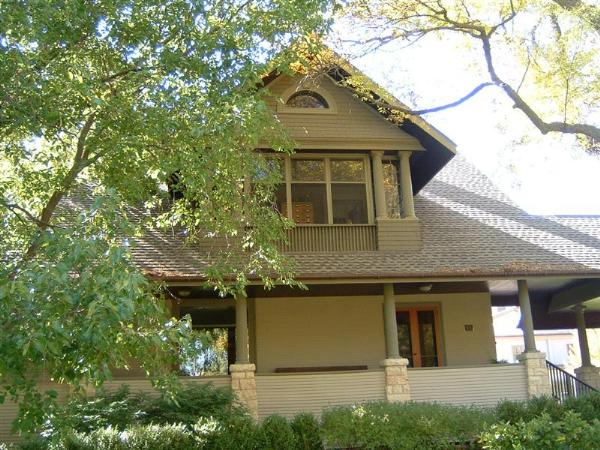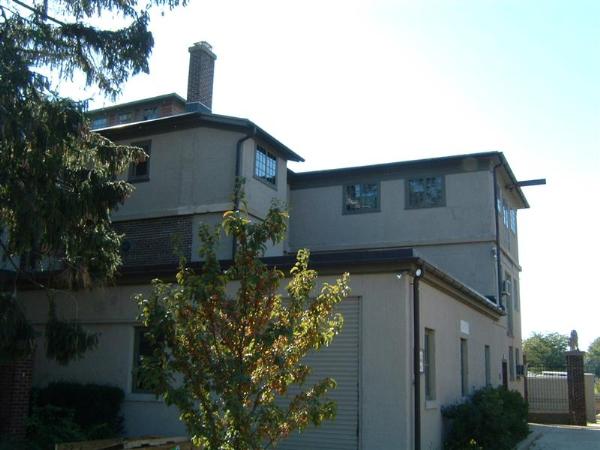
Riverbank Laboratories - Geneva, Illinois
Posted by:  BruceS
BruceS
N 41° 52.291 W 088° 18.843
16T E 390953 N 4636345
Historic acoustical laboratory located in Geneva, Illinois.
Waymark Code: WMVYZ
Location: Illinois, United States
Date Posted: 10/21/2006
Views: 34

This historic district encompasses the Riverbank Laboratories comprised of four
buildings. The buildings were built between 1912 and 1922. The buildings were
built for philanthropist Colonel George Fabyan, who had an interest in acoustics
and cryptography.
The oldest of the buildings called the "Lodge" was built in 1912 as the
living quarters for head researcher Elizabeth Wells Gallup and staff, who were
hired by Colonel Fabyan to research the codes of Sir Francis Bacon. The "Studio"
was built in 1917 to further this study.
During World War I, Colonel Fabyan volunteered to have his code breaking staf
work for the U.S. Government and he held a cryptology school for the Army at his
own expense. William Friedman, called "the Dean of modern American cryptologist"
was Director of the Departments of Ciphers and Genetics at Riverbank during this
time. He later went to work for the National Security Agency (NSA) and was part
of the team that broke the code P.U.R.P.L.E. during World War II
 The
next building to be built was the Acoustics Laboratory in 1918. This building
was designed by Fabyan and renown Harvard physicist Wallace Clement Sabine, who
is regarded as the father of the science of architectural acoustics. The
acoustics laboratory is actually located a floor below ground level and is in a
room within a room with a two foot gap between walls.After Sabine's death in
1919, he was succeeded by his cousin, Paul E. Sabine. Also a Harvard physicist,
Paul Sabin continued Wallace's research, managing the laboratory until he
retired in 1947.
The
next building to be built was the Acoustics Laboratory in 1918. This building
was designed by Fabyan and renown Harvard physicist Wallace Clement Sabine, who
is regarded as the father of the science of architectural acoustics. The
acoustics laboratory is actually located a floor below ground level and is in a
room within a room with a two foot gap between walls.After Sabine's death in
1919, he was succeeded by his cousin, Paul E. Sabine. Also a Harvard physicist,
Paul Sabin continued Wallace's research, managing the laboratory until he
retired in 1947.
The fourth building called the Engineering building or the Tuning Fork
building was constructed in 1922. It was designed by Colonel Fabyan, it consists
of a series of stacked 15' x 15' rooms. It is said that Colonel Fabyan had a
hobby of collecting unused freight and he had received hundreds of 15' I-beams
in a shipment and designed the building so they would not go to waste.
The laboratories have been operated by Alion Science and Techology (Alion)
since 1947 and the laboratory continue to be a leading architectural acoustical
testing laboratory.